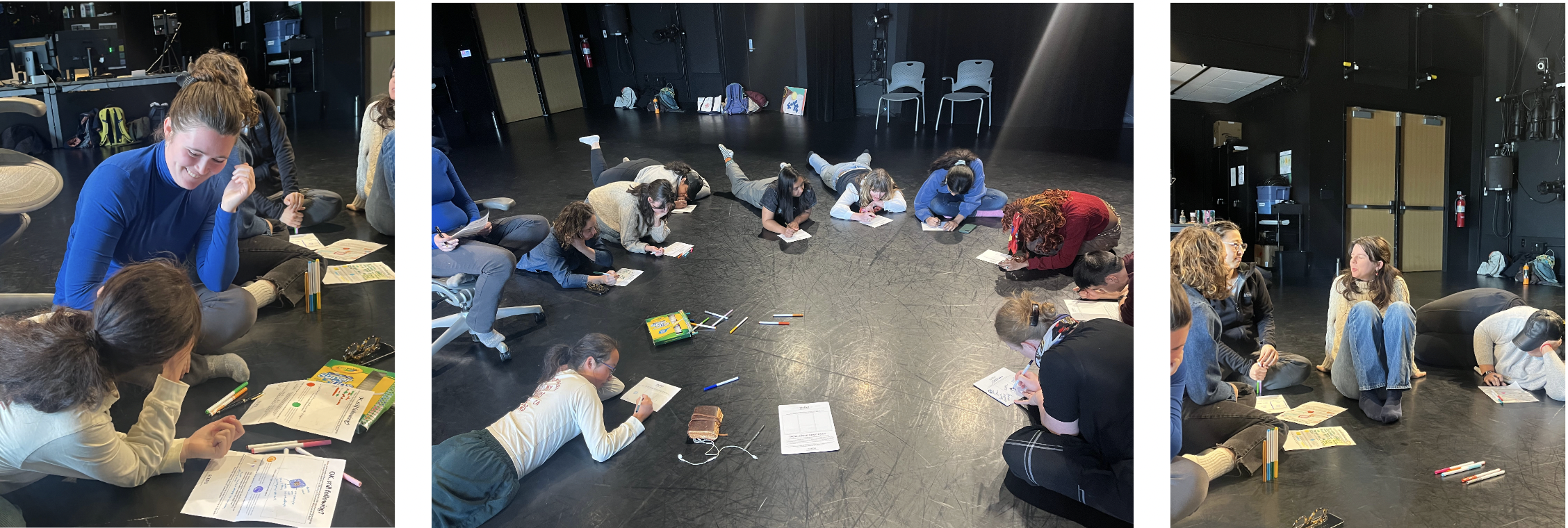my process often feels like a wandering-wondering mode not led by a concrete intention, but more out of little impulses and curiosities. via inviting pores, pauses, porosity and permeability in human actions, my practice asks: how may human move with and to be moved by the more-than-human world where livable actions such as deep listening, entangled agency, symbiotic relations, and odd kinship are already implicated in their dailiness? how do human become with, participating in the livable relations happening in the more-than-human world which we are a part of?
SEEDS: An Approach to Earth-Centered Design Education
SEEDS is a project that stands for Social and Environmental Exercises for Design Beyond Sustainability. I learned from working with Norah in Livable Futures that sustainability too often means sustaining extractive practices. In a time where the term sustainability has become overused, but fails to strengthen our connection to the Earth, I found the opportunity to look at design practices beyond sustainability. These are practices that invite us to remember our part within the intricate systems of the Earth, creating personal and professional action that integrate life of all beings, minerals, plants and unseen forces into our work. I call this way of being (and thinking) Earth-centered, meaning that it shifts our perspective from prioritizing the human species to considering the totality of the Earth when making choices in our lives. Through this intention, SEEDS was born, offering activities that inspire us to take Earth-centered action towards a better collective future for all.
Transmedia Performance Rituals confront Climate Crisis
Intergenerational Community Gardening
With support from Livable Futures, Design student Susan Booher spent the summer working with Elizabeth Speidel and the elders and children at Columbus’ Champion Intergenerational Center to plan to a garden, maintain and harvest together. The intention of planting a garden is to foster intergenerational interaction and education.



